He then commenced a journey into the past that recalled and amended common notions about the Stalinist era of Russian history. His compact volume, “Hell on Earth,” uses original sources gleaned from a Fairbanks library and internet responses from survivors of the gulag experience.
Kowalski describes his Polish father, filled with communist fervor, as “a naive idealist deceived by propaganda.” Moving with his wife and son to Russia in 1931, Marek Kowalski was arrested seven years later and sent to mine Russia’s only major gold deposits in the far-flung Kolyma region, known as the coldest inhabited region on earth. Kowalski estimates that between 2.5 to 4 million perished in the Kolyma death camps.
Just as slave ships supplied workers for 17th century America, ships carried political prisoners to their deaths in Kolyma work camps, known as “white crematoria.”
Like an afficianado of chess played by masters, Kowalski described how moves by key players affected the game of Russian politics during the first half of the 20th century.
In the soviet state, no one is trusted and everyone who plays an important role dies from unnatural causes sooner or later. Although Soviet communism was supposed to be an ideal society, in practice so-called “party apparatchiks” became a privileged class and slave labor in gulags became the way of getting things done and handling problems.
Kowalski says that, although the peasant class was supposed to be favored in the communist system, once they prospered they were doomed to liquidation. He notes the deportation and execution in the 1930s of an estimated 10 million kulaks—prosperous peasants in the Ukraine—in concentration camps.
As to why Stalin could hold power for so long, the author quotes Russian expert Michael Solomon: “He was not a learned man—no great orator like Trotsky nor a military genius like Blucher. Stalin merely knew better than anybody else the value of terror. He raised it to the rank of a state dogma.”
What Kowalski calls self-inflicted genocide carries lessons for today. The hyperbole that elevated Stalin to the status of a superhuman draws parallels with leaders in China, past and present: “Under the so-called cult of personality” created to glorify him, one was constantly exposed to slogans, such as ‘great teacher and friend,’ and ‘hope of the future for the workers and peasants of the world’ and the ‘greatest genius of all times and peoples.’
Stalin carried out a concerted effort against religions. Standards of good and bad are turned upside down. It is immoral when an enemy of the people kills but a “moral necessity” when the state eliminates an undesirable.
Today’s killings by the Chinese communist party follow this same pattern: “Mass murder occurs when brutal and sadistic criminals, to be found in every society, are promoted to positions of dominance, when propaganda is used to dehumanize the targeted population and when children are inoculated with intolerance and hatred. It occurs when victims...are excluded from the norms of morality, when ideological totalitarianism is imposed and when freedom is suspended. Fear and violence, the preconditions of genocide, are likely to be found in societies with large numbers of thieves and informants.”
Although the author discusses the genocides of other countries, such as Rwanda, the real lessons are in simple descriptions of Stalin’s rule.
Although Stalin had subordinates take responsibility for killings and executions, the author finds direct links to Stalin himself.
Kowalski presents four difficult questions by Leszek Kolakowski about the Stalinist era. How could such frenzied killing take place when there was no real threat? Where was the resistance to such genocide? Why were so many ordinary citizens made to confess to imaginary crimes? And finally, how did Stalin create such a powerful cult of personality and belief, especially among intellectuals in the West?
Upon his retirement from Montclair State University, Kowalski finally felt that he must express his strong opinions about communism and life under Stalin. But he still spoke guardedly when he exchanged views with colleagues about conditions in a communist regime. Some expressed considerable disbelief at his revelations.
A final entry presents internet correspondence with professional colleagues. Some demanded strict adherence to research standards but seemed blind to the simple facts right in front of them.
One professor stubbornly insists: “It is revealing that you lump together Hitler, Stalin and Mao. This is a relic of Cold War disinformation. Stalin did not ‘kill tens of millions’; neither did Mao.”
For anyone not conversant with Russian communism under Stalin, the author presents a clear and easy-to-understand explanation of the political players and events of the era. A compelling read that is relevant today.
Hell on Earth—Brutality and Violence Under the Stalinist Regime by Ludwik Kowalski (2008) is published by Wasteland Press. The book is available at amazon.com and Barnes and Noble bookstores.

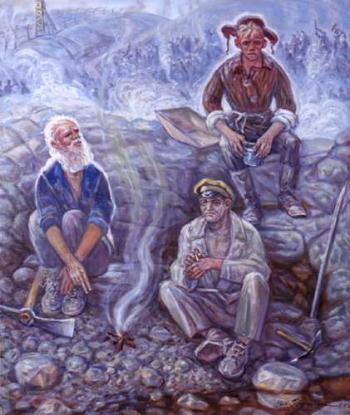

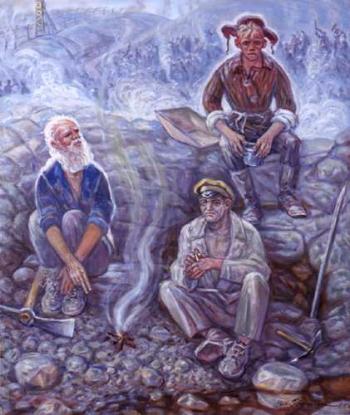
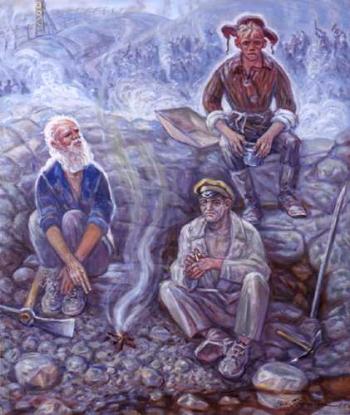




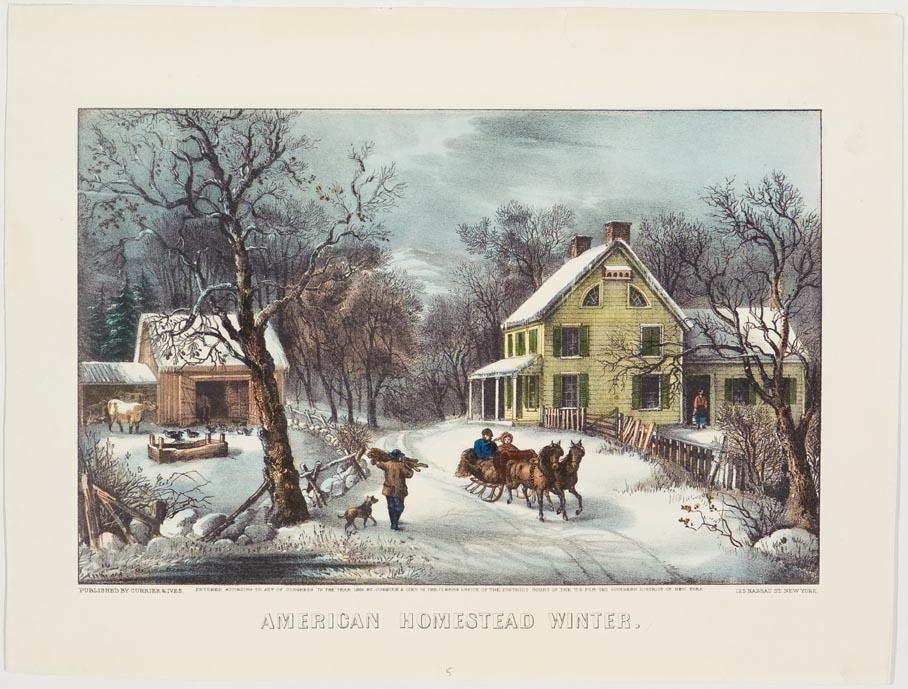
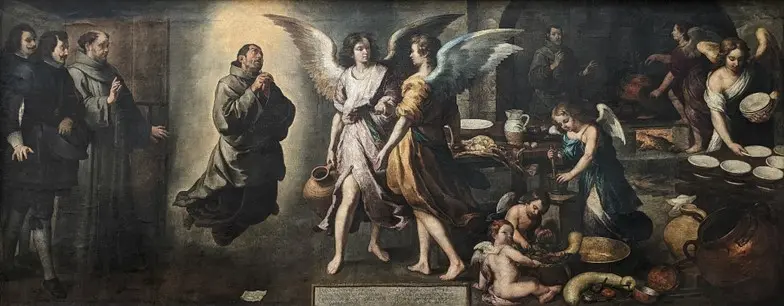
Friends Read Free